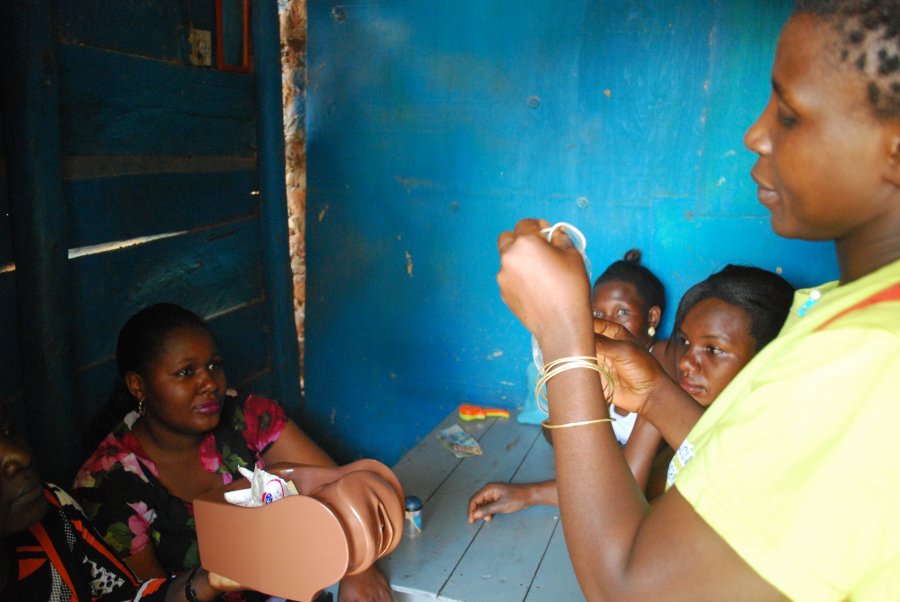In a new blog comissioned for BMJ, DEPTH team member Professor Cicely Marston and Dr Suzanna Francis argue that neglect of STIs and infertility undermines family planning programmes worldwide.

Copyright: LSHTM
Why do people still not use effective contraceptive methods?
One reason is that many women and their families in low- and middle-income countries fear the most effective contraceptives can cause infertility. A conventional response to this is that people simply need more information to put them on the right track – that women who, for instance, are using injectable contraceptives simply need reassurance that any fears of infertility are unfounded.
But what if the risk of infertility in some lower income countries is all too real – but the real cause is hidden? This, our paper argues, may well be happening with infertility caused by undiagnosed, asymptomatic STIs.
Chlamydial infection in particular is an important cause of tubal factor infertility. So infertility caused by undetected, asymptomatic chlamydia may well be widespread in areas where it is prevalent – including among women who have recently stopped using contraceptives.
All of this may contribute to a sense that it is the contraceptives causing the infertility – simply because their use coincides with less or no condom use, and undetected STI infection.
An indicator of the scale of the threat STIs pose to women’s fertility comes from recent work (here and here) in South Africa, showing a major, uncontrolled chlamydia epidemic among young people. It seems reasonable to assume that this problem, and any resulting infertility, is not confined to one country.

Copyright: LSHTM
We hope our commentary will encourage more research into the global prevalence of STIs and the degree to which the associated infertility could be undermining people’s trust in family planning programmes. Counterintuitively it is possible that by addressing fertility problems in programme settings, fertility may even be reduced as more people trust that they can use contraception without experiencing devastating infertility.
More broadly, we call for research and programmes that address women’s own priorities as a starting point to develop sexual and reproductive health programmes that are more attractive and win people’s trust.
To address complex problems, programmes and research must be co-produced with the communities concerned, and break down disciplinary boundaries such as those between family planning and STI prevention and treatment.
Crucially, programmes must address women’s right and desire to control their fertility in the fullest sense – in other words having children when they want them as well as avoiding births when they do not. In high fertility settings, infertility – so often personally devastating and socially stigmatising for the people affected – may not even be considered a problem by funders. This needs to change.

Copyright Daniel McCartney
by Cicely Marston, DEPTH research group (Twitter), and Suzanna Francis
 This post was first published online at BMJ Sexual & Reproductive Health on September 26 2019.
This post was first published online at BMJ Sexual & Reproductive Health on September 26 2019.
You can read our blog in BMJ Sexual & Reproductive Health, open access and free to read here . You can read the full paper here.
